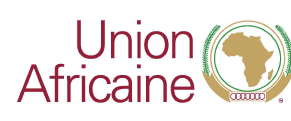Ressources
8 High-Level Dialogue The Year Of Refugees, Returnees And Internally Displaced Persons Towards Durable Solutions To Forced Displacement
Agenda 2063 is Africa’s development blueprint to achieve inclusive and sustainable socio-economic development over a 50-year period.











